10 Reasons Why You Should Not Center & Right Align a Logo Design

Source: Kevin Craft, Capify Business Cards, Dribbble, https://dribbble.com/shots/22893371-Capify-Business-Cards
Logo placement plays a crucial role in how a brand is perceived. While designers have the creative freedom to experiment with different layouts, the way a logo is aligned can impact its effectiveness. Many brands instinctively place their logos in the center or right side of a design, assuming it creates balance or visual appeal. However, these placements can lead to unintended issues in branding, readability, and usability.
Aligning a logo properly ensures that it integrates seamlessly with the overall design and reinforces brand identity. Traditional placements, such as left alignment, follow natural reading patterns and enhance recognition. Deviating from these conventions may disrupt user experience, create design inconsistencies, and make navigation less intuitive.
Right or center alignment can also affect brand credibility. A logo positioned in an unconventional way may appear unbalanced, forcing other design elements to be adjusted unnaturally. This can result in a cluttered or disjointed composition that affects visual harmony. Furthermore, logo placement impacts marketing materials, website navigation, and print layouts, making strategic alignment essential for maintaining consistency across different platforms.
This article will explore ten key reasons why centering or right-aligning a logo design might not be the best choice and how it can impact overall brand perception.
Visual Imbalance
When designing a logo, alignment plays a crucial role in achieving a visually appealing and balanced composition. A centered or right-aligned logo can unintentionally create visual imbalance, disrupting the overall harmony of a design. Left alignment is widely used because it aligns with natural reading patterns, ensuring that the logo integrates seamlessly into the layout without drawing attention away from the core content.
A centered logo can make the design feel static and unstructured, especially when other elements do not align symmetrically around it. This can be particularly problematic in website design, where a centered logo might cause navigation menus or text blocks to appear unevenly spaced. Similarly, right-aligning a logo can pull the viewer’s focus away from the primary content, making the overall design feel lopsided.
In print materials, misalignment can also create unintended empty spaces or force other elements into awkward positions. When a logo is not aligned strategically, it may require unnecessary adjustments to typography, images, or whitespace, leading to a cluttered layout. This can diminish the overall impact of the branding and create a less cohesive look.
To maintain a well-balanced design, logo alignment should complement the entire composition rather than disrupt it. Left alignment is often the most effective option, as it follows the natural eye movement and ensures a structured, professional presentation. By prioritizing balance and consistency, brands can create a polished and visually appealing identity across various design platforms.
Navigation Confusion
A well-aligned logo is essential for seamless navigation in digital and print designs. When a logo is centered or right-aligned, it can disrupt the natural reading flow and cause confusion for users. Most people instinctively scan from left to right, making left alignment the most intuitive placement for a logo. Deviating from this norm can create unnecessary visual friction and hinder user experience.
In website design, a right-aligned or centered logo can make it harder for visitors to locate the brand identity quickly. Since users are accustomed to seeing logos on the left, placing them elsewhere forces them to adjust their navigation habits. This slight disruption may lead to frustration or difficulty in finding key information. Additionally, a right-aligned logo can push navigation menus into unconventional positions, reducing usability and accessibility.
Print materials face similar challenges. In brochures, business cards, and advertisements, a right-aligned or centered logo may not provide a clear starting point for readers. This can make the branding less effective and weaken the overall structure of the layout. Readers may struggle to establish a visual hierarchy, leading to a disjointed and less impactful presentation.
By aligning a logo on the left, designers ensure a smooth, predictable navigation flow. This placement naturally guides the viewer’s eye, reinforcing brand identity and making content easier to consume. Strategic alignment enhances user experience and ensures that the logo functions as an effective anchor in the overall design.
Brand Inconsistency
Consistency is a fundamental aspect of strong branding. When a logo is aligned differently across various platforms, it creates inconsistencies that can weaken brand identity. A left-aligned logo ensures uniformity, maintaining a recognizable and structured appearance across websites, marketing materials, and product packaging. However, centering or right-aligning a logo can lead to unpredictable placements that disrupt branding coherence.
Brand guidelines are essential in establishing a clear and professional image. When a logo appears centered on a website but right-aligned on business cards or advertisements, it introduces a lack of continuity that can confuse the audience. Inconsistent alignment can make the brand appear less polished and may even suggest a lack of attention to detail. This inconsistency can dilute brand recognition, making it harder for consumers to form a strong association with the visual identity.
Another issue with misalignment is its impact on marketing materials. A right-aligned logo on one brochure and a centered logo on another can create visual discrepancies that reduce overall brand recall. Customers rely on familiarity to recognize and trust a brand, and inconsistent logo placement can hinder that connection.
To maintain a strong and recognizable presence, brands should adhere to a uniform alignment strategy. Left alignment is the most widely accepted standard, ensuring that logos appear in a consistent and predictable position across all touchpoints. This approach reinforces branding efforts and enhances the overall perception of professionalism and reliability.

Source: José de Wal, Bundu, Dribbble, https://dribbble.com/shots/20587712-Bundu
Reduced Visibility
A logo’s visibility is a crucial factor in establishing brand recognition and ensuring effective communication. When a logo is centered or right-aligned, it may not receive the attention it deserves, leading to reduced brand impact. Left alignment follows natural eye movement, making the logo one of the first elements viewers notice. Deviating from this standard can cause the logo to blend into the background, losing its prominence.
On digital platforms, a centered or right-aligned logo can struggle to stand out, particularly on websites with dense content or dynamic layouts. Users typically expect the logo to be in the top-left corner, where their eyes naturally begin scanning. Placing it elsewhere forces viewers to search for the brand identity, which can delay recognition and reduce immediate engagement.
Print materials also face visibility challenges when logos are not aligned strategically. A right-aligned logo can be overshadowed by text or images, while a centered logo may lack a strong anchor point in the design. In both cases, the logo’s placement can diminish its effectiveness, making it harder for consumers to form a lasting visual connection.
A well-placed logo enhances brand recall and ensures that the design remains visually engaging. By aligning the logo on the left, designers maximize its visibility, ensuring that it is seen immediately and remains a focal point within the composition. Proper alignment strengthens brand presence and ensures that the logo maintains its intended impact across various applications.
Cultural Reading Patterns
The way people read and process visual information is influenced by cultural reading patterns. In many Western cultures, readers naturally scan from left to right, making left-aligned elements, including logos, more intuitive and effective. When a logo is centered or right-aligned, it disrupts this natural flow, forcing viewers to adjust their scanning habits. This misalignment can reduce immediate brand recognition and create unnecessary cognitive strain.
Right-aligned logos, in particular, can feel misplaced in cultures where left-to-right reading is the norm. Since readers instinctively begin from the left, placing a logo elsewhere may delay recognition and weaken brand impact. This placement can also cause confusion, as the logo might not be the first element noticed when engaging with a design.
In contrast, some cultures with right-to-left reading patterns may benefit from right-aligned logos. However, in global branding, left alignment remains the most widely accepted standard. Brands that cater to international audiences must consider how different cultural reading habits influence logo placement.
Consistency with reading patterns enhances the user experience and ensures that the brand identity is quickly and easily recognized. A left-aligned logo naturally integrates with text and other design elements, creating a seamless and familiar structure. By aligning a logo in accordance with cultural reading habits, designers can ensure a more effective and user-friendly experience for diverse audiences.
Design Harmony Disruption
A well-balanced design requires careful alignment of all elements, and a misaligned logo can disrupt overall harmony. When a logo is centered or right-aligned, it can create visual inconsistencies that make the composition feel unstructured or uneven. Left alignment provides a natural starting point, ensuring that the logo integrates seamlessly with surrounding content.
A centered logo may appear symmetrical in isolation, but it can throw off the balance when paired with other design elements. Navigation menus, text blocks, and imagery often rely on a structured grid system, and a centered logo can introduce awkward spacing or force unnecessary realignments. This misalignment can lead to a cluttered composition where elements feel disjointed rather than cohesive.
Right-aligned logos present similar challenges, as they pull focus away from the primary content area. This placement often competes with other right-aligned elements, such as call-to-action buttons or contact details, making the overall design feel lopsided. Additionally, a right-aligned logo can create difficulties in print layouts, where left-aligned text and images need to follow a structured format.
To maintain design harmony, logo alignment should complement the overall layout rather than disrupt it. A left-aligned logo works well within structured designs, providing a strong visual anchor that guides the eye naturally. This strategic placement ensures a cleaner, more professional appearance while maintaining consistency across different platforms and materials.
Impact on Layout Flexibility
Logo alignment plays a crucial role in maintaining a flexible and adaptable design layout. When a logo is centered or right-aligned, it can introduce unnecessary constraints, limiting the designer’s ability to create a balanced and scalable composition. A left-aligned logo, on the other hand, provides a natural starting point, making it easier to integrate with various design elements across multiple formats.
A centered logo can create challenges in layouts that require structured content distribution. In digital and print media, content often follows a grid system, and centering a logo may lead to uneven spacing, forcing other elements to adjust in ways that compromise readability. This can be particularly problematic in website design, where fluid responsiveness is essential for different screen sizes.
Similarly, a right-aligned logo may cause layout inconsistencies, especially when paired with left-aligned text or images. The forced separation between branding and content can create an unbalanced look, making the overall design feel less cohesive. Additionally, right alignment may restrict design flexibility in materials such as brochures, business cards, and signage, where space optimization is crucial.
By using left alignment, designers maintain greater control over the overall structure and ensure that the layout remains adaptable across various platforms. A well-placed logo should enhance the design without limiting its flexibility. Consistent left alignment allows for seamless integration with navigation menus, typography, and visual elements, ultimately leading to a more functional and visually appealing composition.

Source: Bill Kenney, Quantive Rebrand/Website, Dribbble, https://dribbble.com/shots/21873262-Quantive-Rebrand-Website
Alignment with Other Elements
A logo does not exist in isolation; it must work in harmony with other design elements to create a cohesive and visually appealing composition. When a logo is centered or right-aligned, it can disrupt the alignment of surrounding content, making the overall layout feel disorganized and inconsistent.
In most designs, elements such as text, navigation menus, and imagery follow a structured alignment pattern. A centered logo can force these elements into unnatural positions, creating awkward spacing that disrupts the flow of the design. For example, a website with a centered logo may require navigation links to be positioned on either side, leading to an unbalanced visual hierarchy.
Right-aligned logos present a similar issue, often clashing with other right-aligned elements like contact details or social media icons. This placement can cause the design to feel crowded on one side, making it difficult to establish a clear focal point. Additionally, right alignment can create inconsistencies across different materials, requiring frequent layout adjustments to maintain balance.
A left-aligned logo naturally integrates with common design structures, allowing text, buttons, and images to align consistently. This placement helps guide the viewer’s eye smoothly across the design, reinforcing a structured and intentional look. By ensuring that the logo aligns seamlessly with other elements, designers can create a more polished, professional, and visually cohesive layout across various platforms and applications.
Professionalism Perception
Logo alignment directly impacts how a brand is perceived. A well-aligned logo conveys professionalism, reliability, and attention to detail, while poor alignment can make a design feel unpolished or inconsistent. Centering or right-aligning a logo, though sometimes visually striking, can disrupt the structured balance that audiences associate with professionalism.
A left-aligned logo aligns with traditional corporate and industry standards, reinforcing a sense of trust and credibility. This placement follows natural reading patterns, ensuring that the logo seamlessly integrates with navigation menus, typography, and other design elements. In contrast, a centered logo can create an informal or experimental look, which may not be appropriate for businesses that aim to project authority and stability.
Right-aligned logos can appear unconventional, making them less effective in establishing a strong brand presence. When placed on the right, a logo can seem detached from the core content, reducing its impact and making the overall design feel unstructured. This misalignment can subconsciously signal a lack of attention to detail, potentially diminishing the perceived value of the brand.
To maintain a professional image, it is essential to align the logo in a way that supports consistency and structure. A left-aligned logo ensures a clean, organized appearance, reinforcing trust and credibility. By prioritizing strategic alignment, businesses can create a more refined and authoritative brand presence across all platforms and marketing materials.
Memorability Challenges
A logo’s placement affects how easily audiences recognize and remember a brand. When a logo is centered or right-aligned, it can disrupt visual consistency, making it harder for consumers to form a strong association with the brand identity. Left alignment, by contrast, ensures the logo appears where viewers expect it, reinforcing brand recall.
A centered logo may struggle with memorability because it lacks a strong anchor point within the layout. When other design elements, such as text or navigation menus, follow a left-aligned structure, a centered logo can appear disconnected, reducing its impact. This placement forces viewers to pause and process the layout, potentially weakening the immediate recognition of the brand.
Right-aligned logos create an even greater challenge, as they break away from the conventional placement that audiences are accustomed to. In digital spaces, where users instinctively scan from left to right, a right-aligned logo may not be noticed immediately, diminishing its effectiveness in reinforcing brand identity.
Memorability is crucial for brand success, and consistency plays a significant role in strengthening brand recognition. A left-aligned logo aligns with natural viewing patterns, making it easier for consumers to associate the logo with the brand. This familiarity builds trust and ensures that the logo remains visually prominent in both digital and print materials. By choosing a consistent and intuitive placement, businesses can enhance logo retention and reinforce their brand presence more effectively.
Conclusion
Proper logo alignment is essential for maintaining a strong and cohesive brand identity. Centering or right-aligning a logo can create visual imbalance, disrupt navigation, and reduce brand recognition. A left-aligned logo follows natural reading patterns, enhances professionalism, and ensures consistency across various platforms. Misalignment can lead to design inconsistencies, reduced visibility, and challenges in layout flexibility. By strategically aligning a logo, businesses create a more polished and effective visual presence. Choosing the right alignment enhances user experience, reinforces brand trust, and ensures a seamless integration with other design elements, making the logo a strong and recognizable brand asset.
Let Us Know What You Think!
Every information you read here are written and curated by Kreafolk's team, carefully pieced together with our creative community in mind. Did you enjoy our contents? Leave a comment below and share your thoughts. Cheers to more creative articles and inspirations!

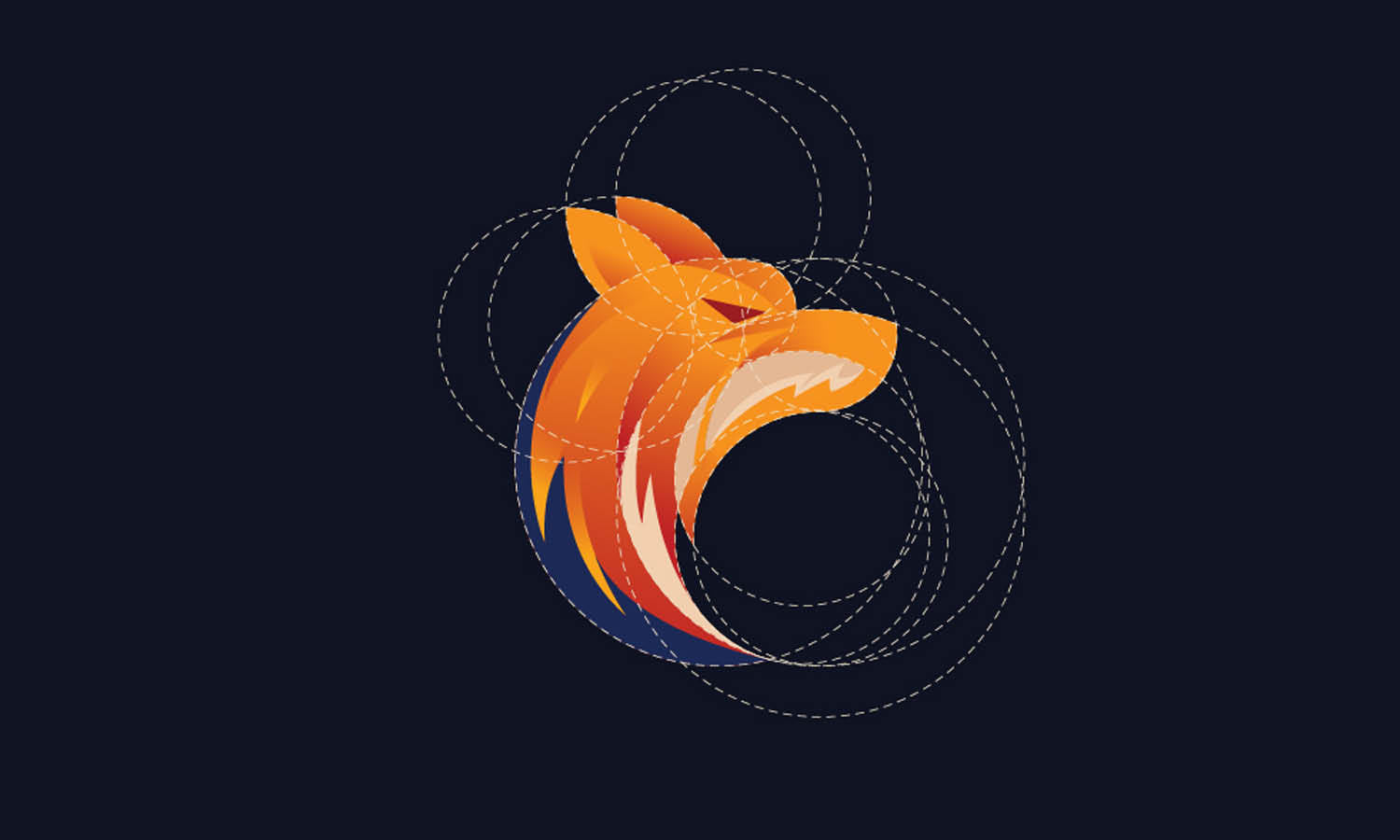
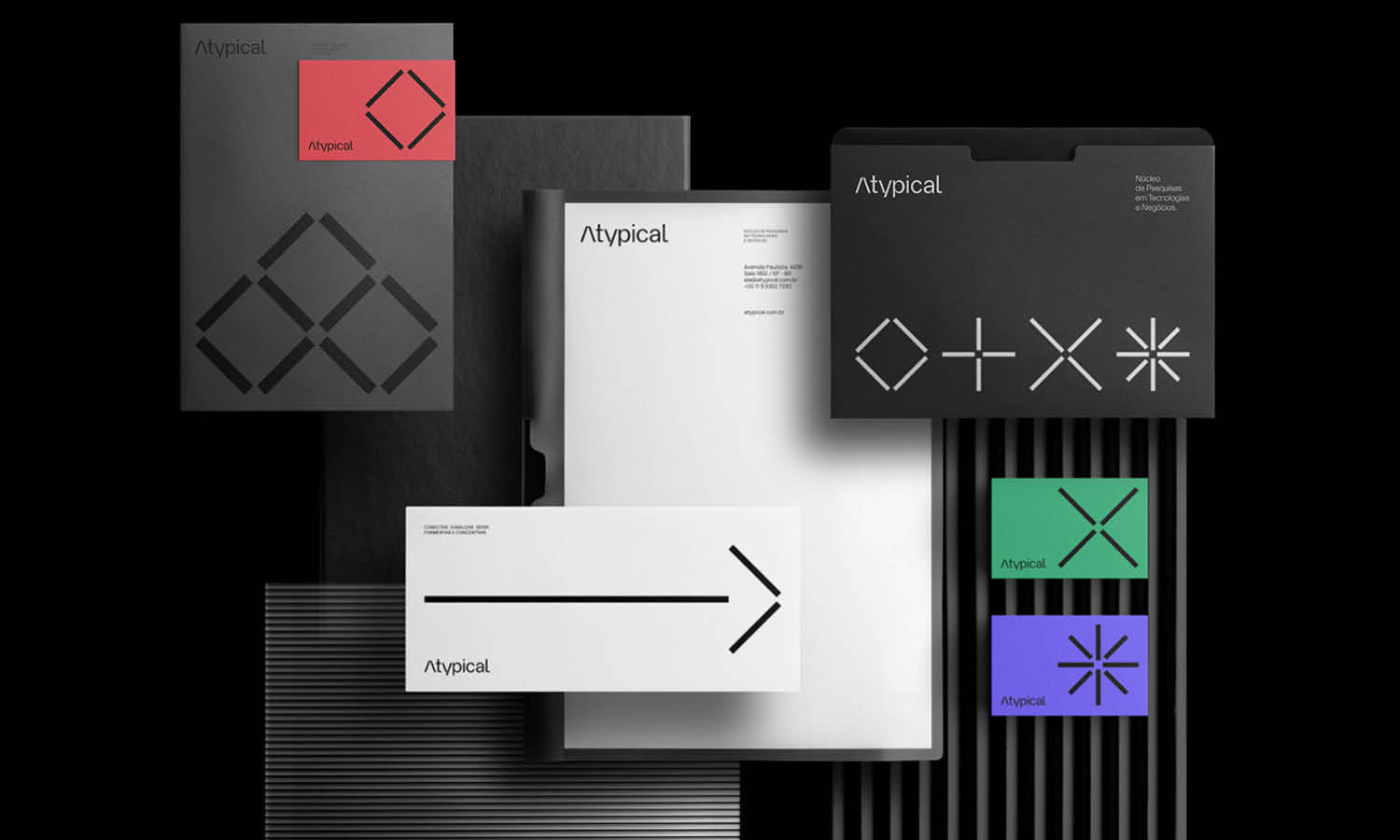
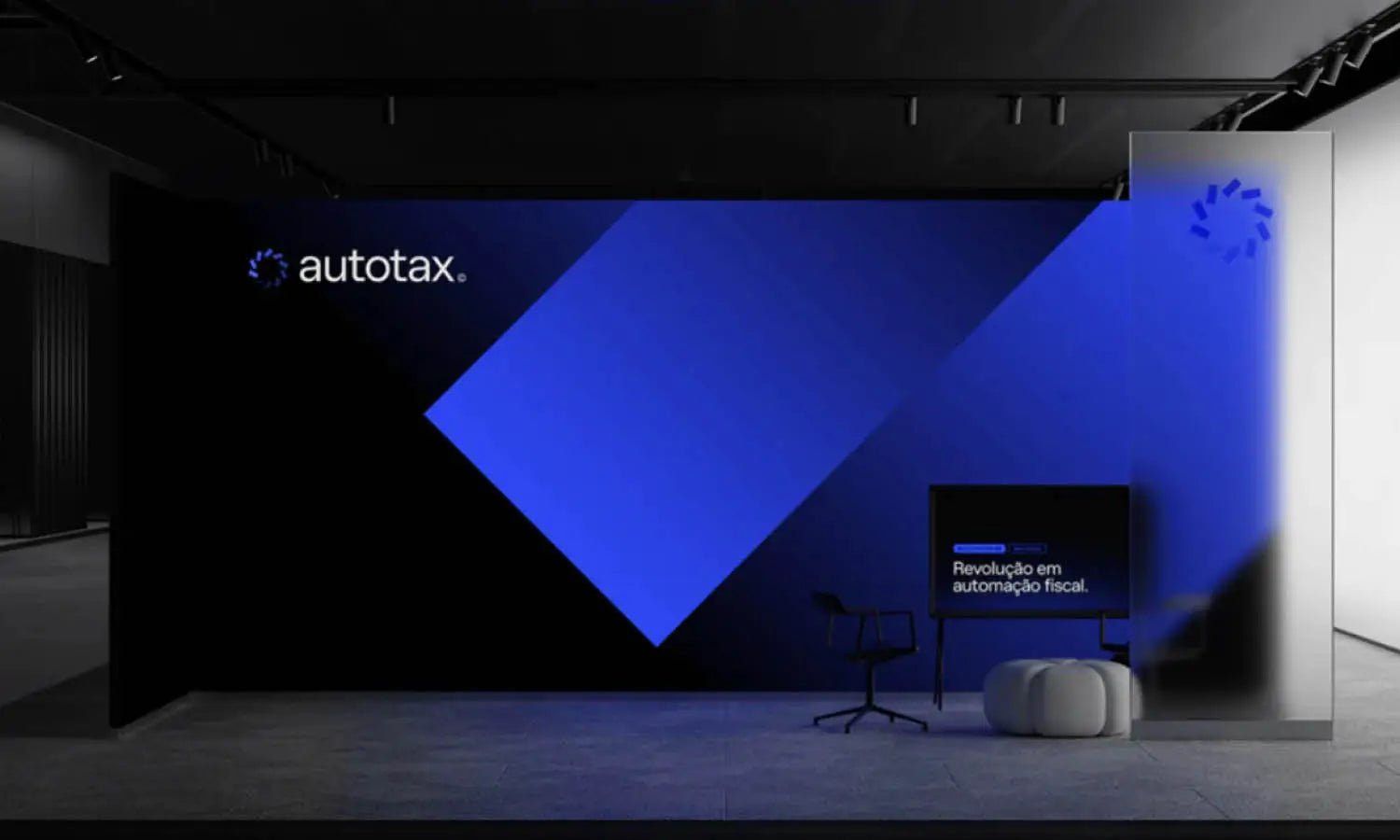
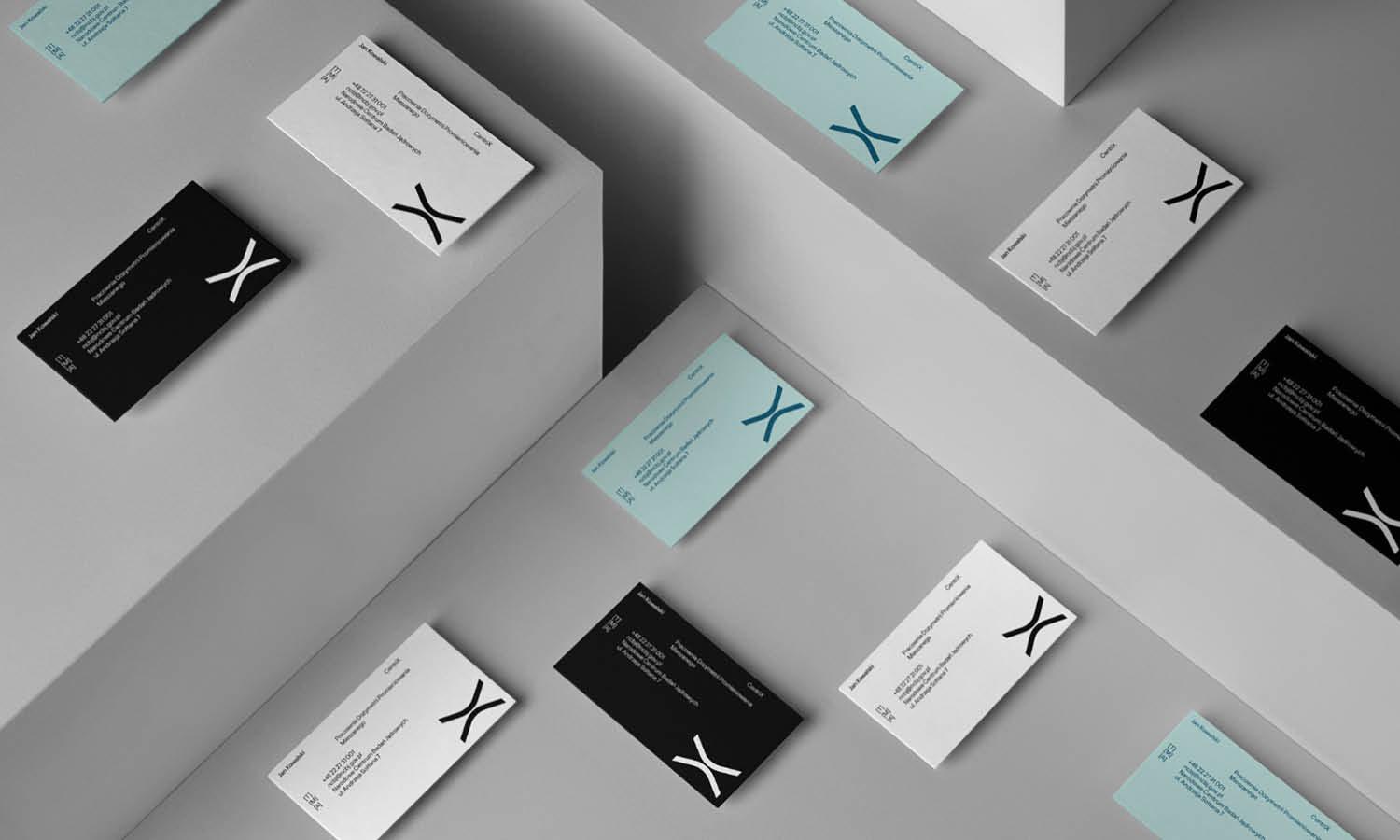
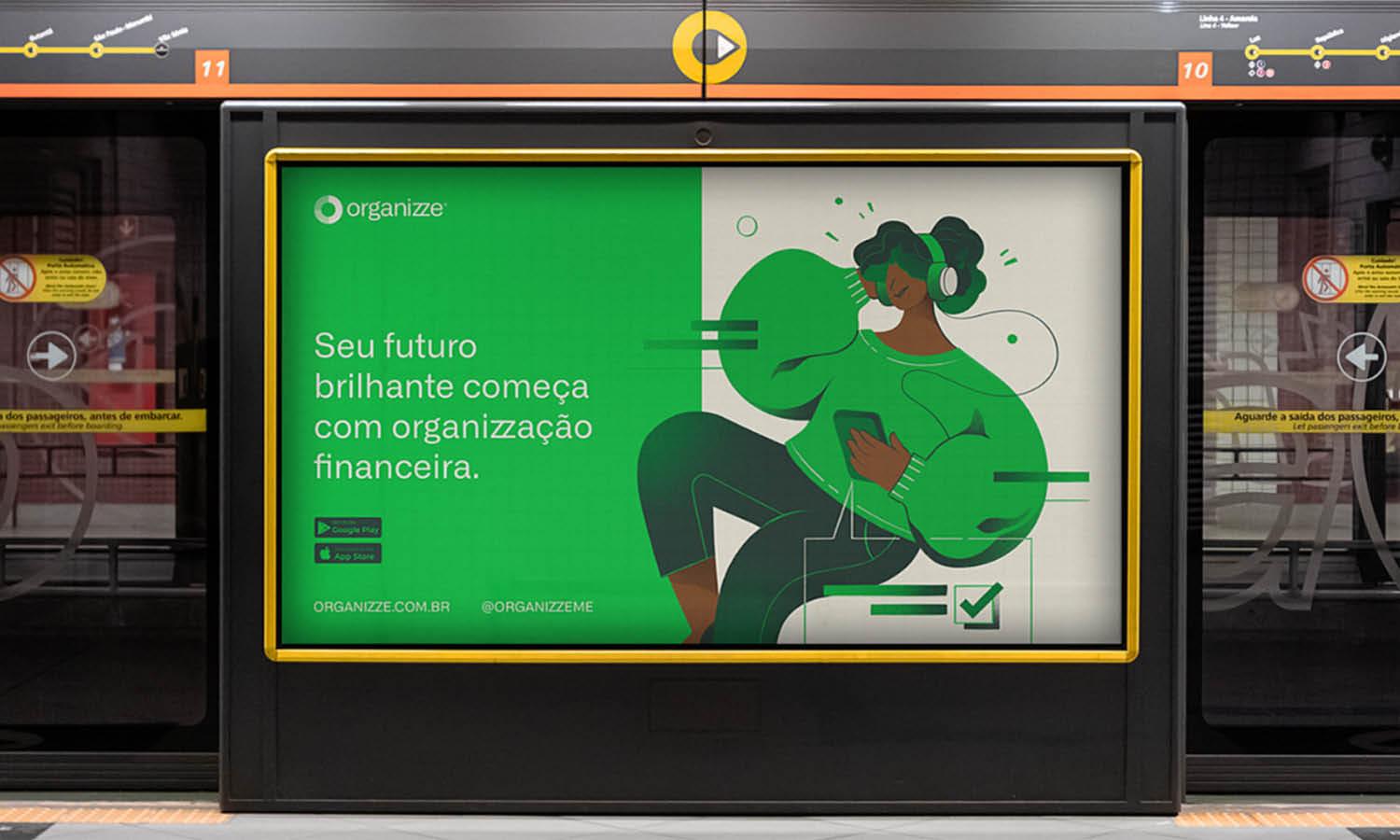

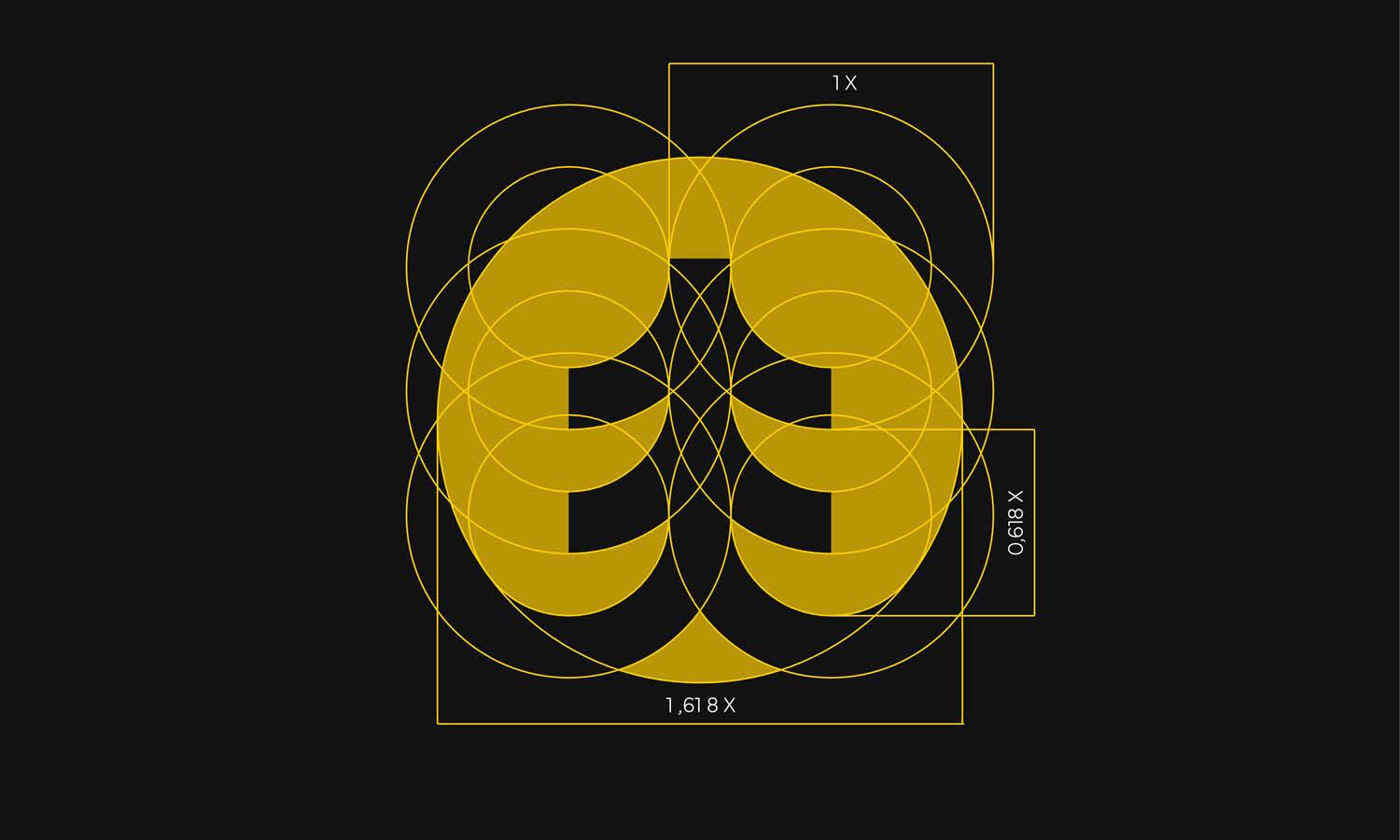
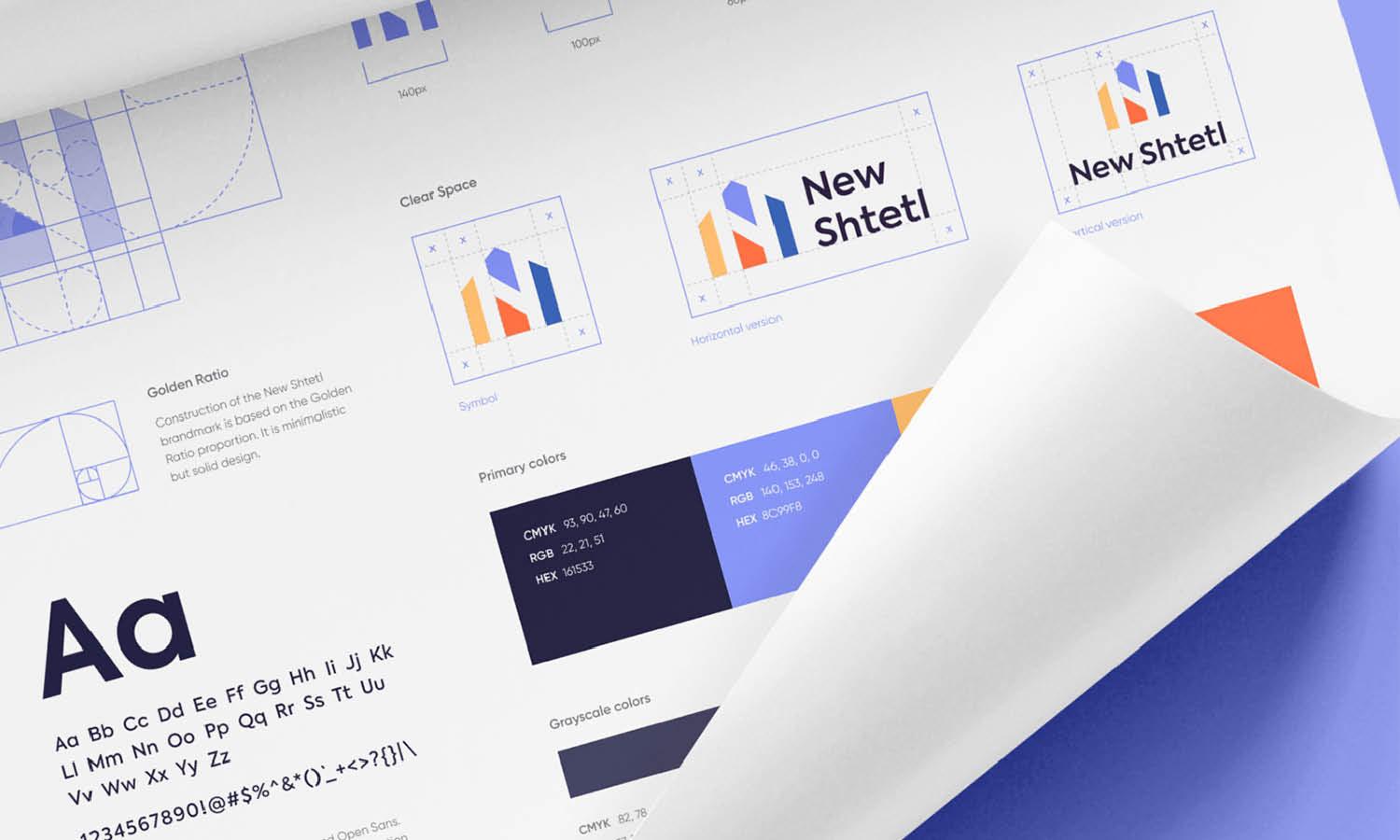







Leave a Comment